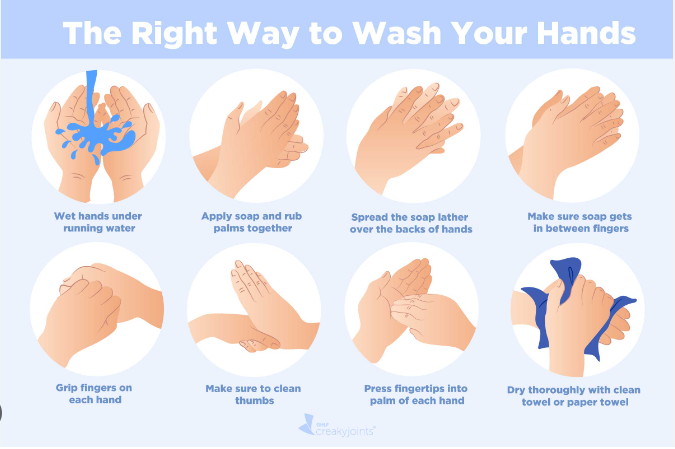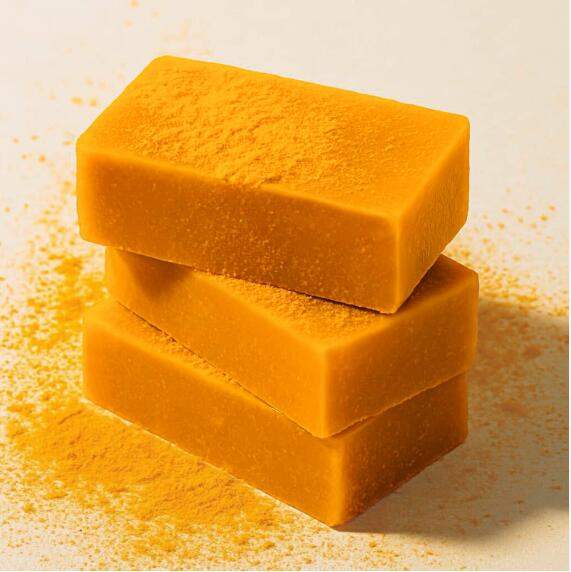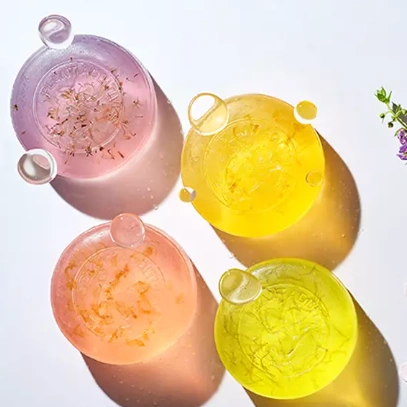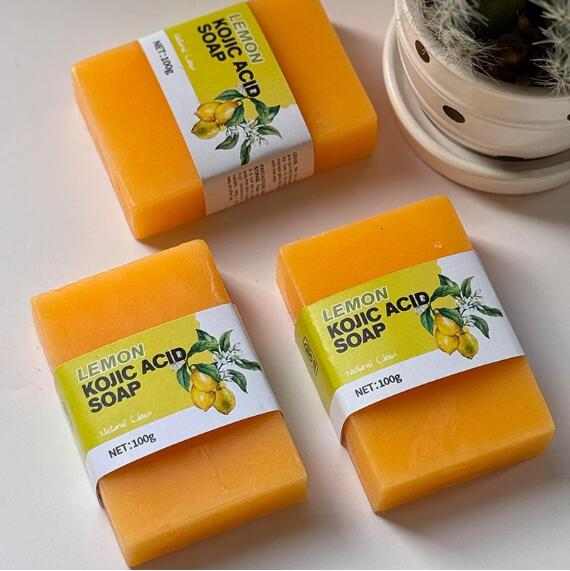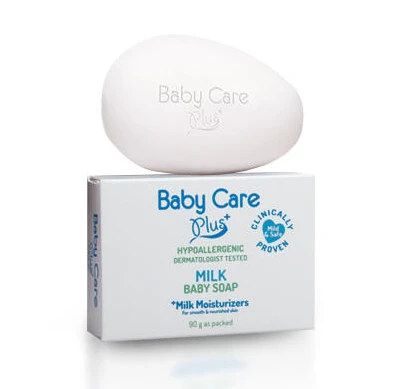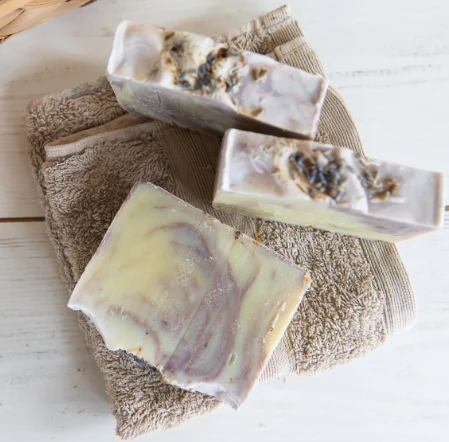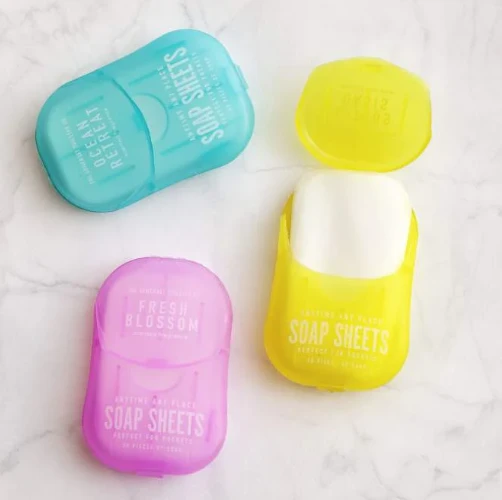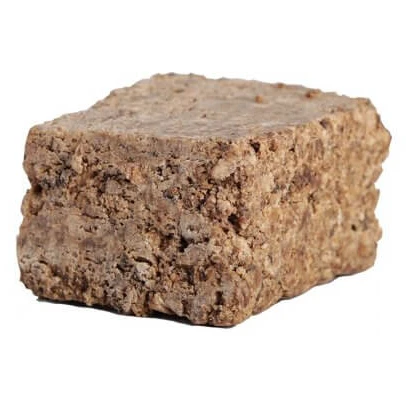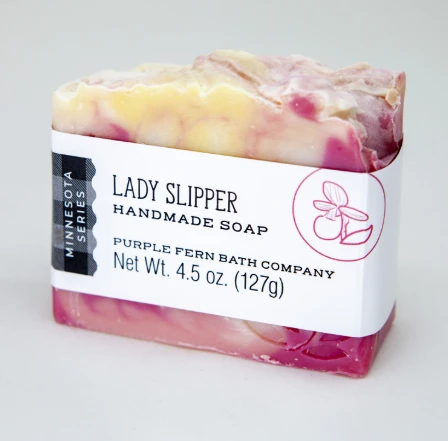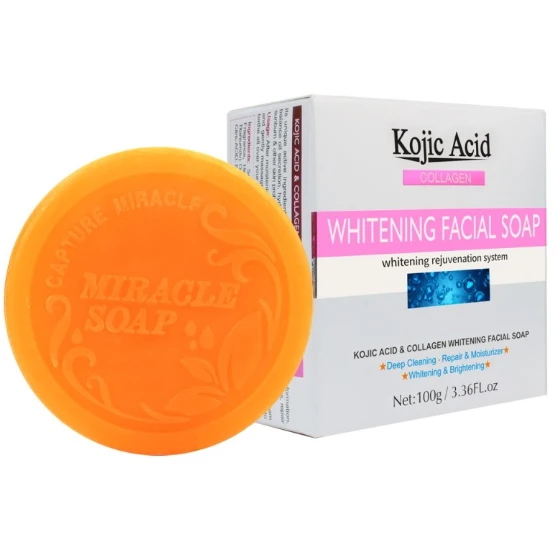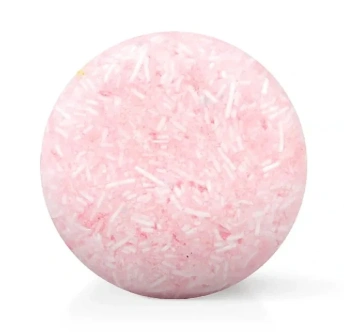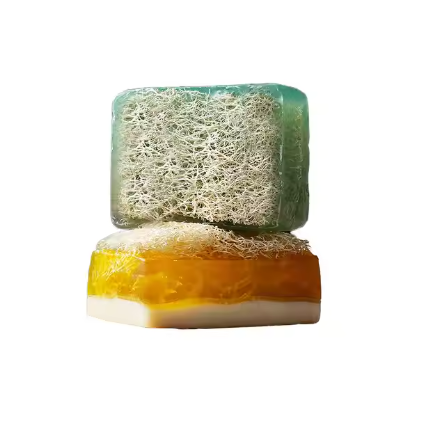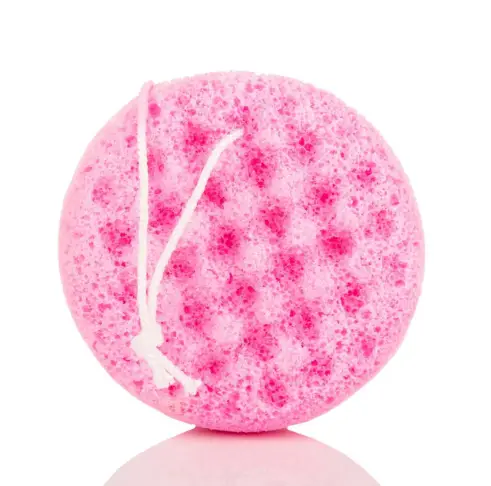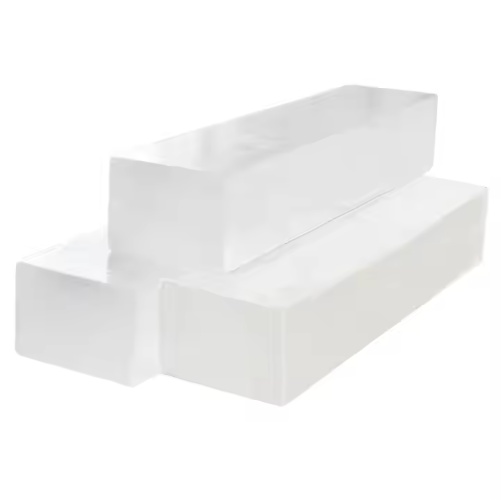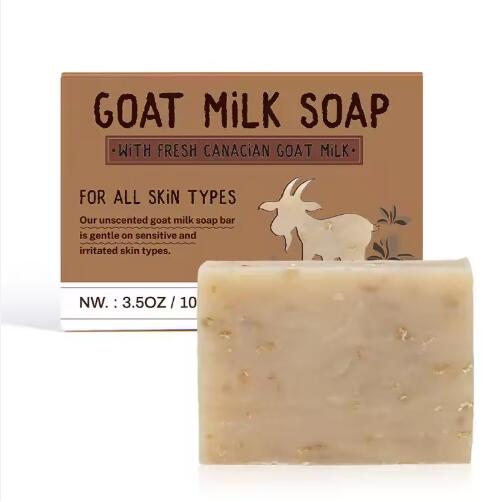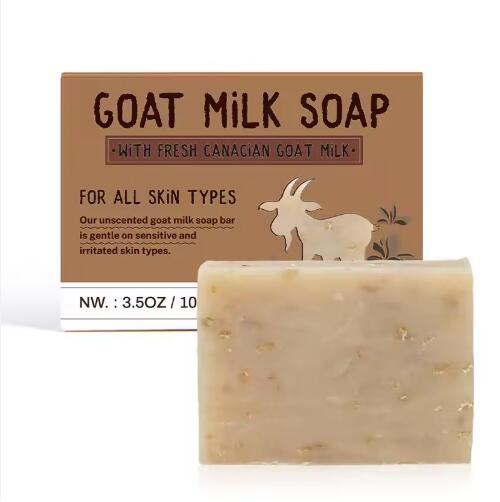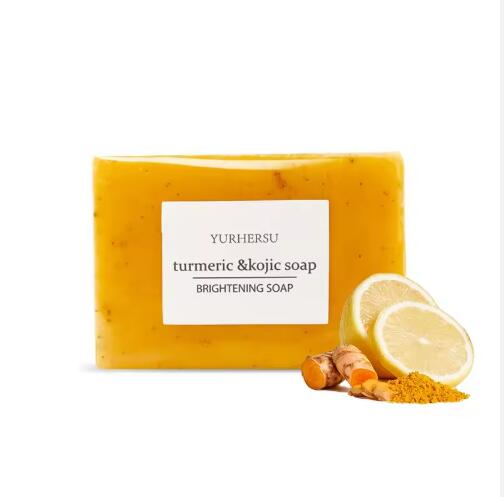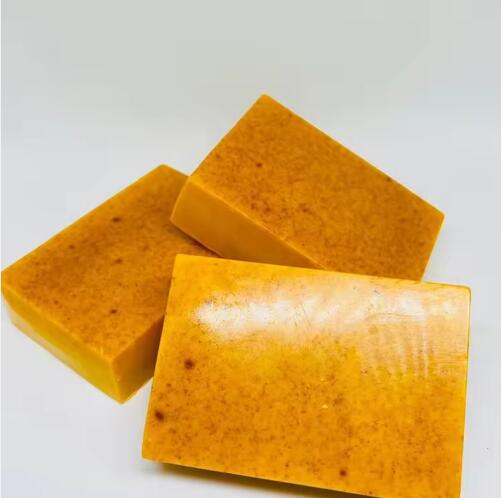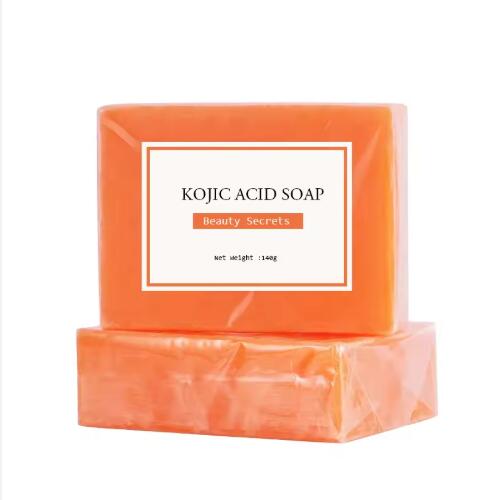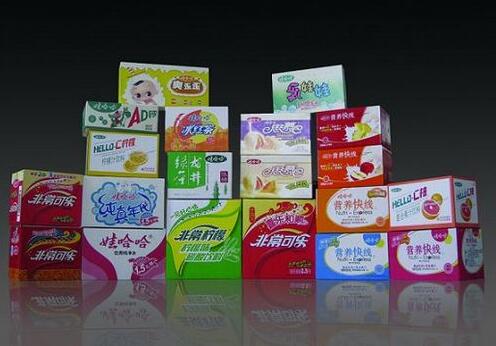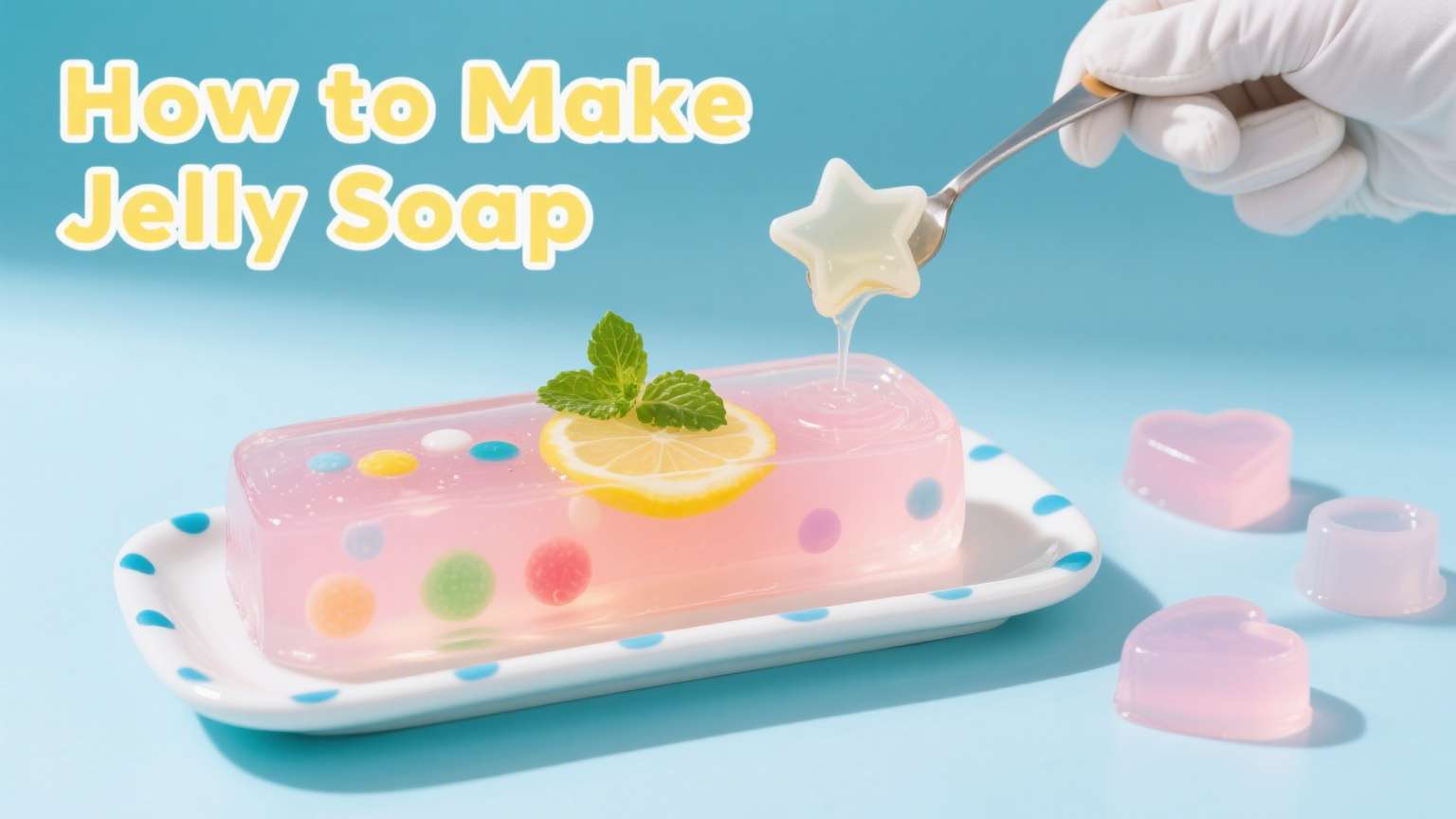How do you make foaming hand soap step by step
What is Hand Soap?
Hand soap is a cleansing product specifically formulated to remove dirt, oils, germs, and other contaminants from the hands. It typically comes in liquid, foam, or bar form and contains surfactants that help to lift and rinse away these impurities. Hand soap is designed to be gentle on the skin while effectively cleaning and often includes moisturizing agents to prevent dryness. It may also contain fragrances, antibacterial agents, or natural ingredients depending on the type and intended use. Regular handwashing with soap is a crucial practice for maintaining hygiene and preventing the spread of illnesses.
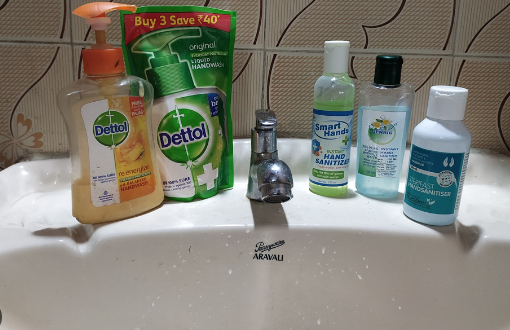
What ingredients should be in hand soap?
The ingredients in hand soap can vary depending on the type (liquid, bar, or foam) and its intended use (e.g., moisturizing, antibacterial, natural). However, some common and essential ingredients include:
1.Surfactants
- Sodium Lauryl Sulfate (SLS)orSodium Laureth Sulfate (SLES): These are common surfactants that help the soap lather and break down oils and dirt.
- Cocamidopropyl Betaine: A milder surfactant often used in liquid soaps for its gentle cleansing properties.
2.Moisturizers and Emollients
- Glycerin: A humectant that attracts moisture to the skin, helping to keep hands soft and hydrated.
- Shea ButterorCocoa Butter: Used in bar soaps to provide a creamy texture and additional moisturizing benefits.
- Aloe Vera: Soothes the skin and adds hydration.
3.Antibacterial Agents(for antibacterial soaps)
- TriclosanorBenzalkonium Chloride: Used in antibacterial soaps to kill or inhibit the growth of bacteria.
- Essential Oilslike tea tree oil or eucalyptus oil, which have natural antibacterial properties.
4.Fragrances
- Natural Essential Oils: Such as lavender, citrus, or peppermint, used to add a pleasant scent.
- Synthetic Fragrances: Often used for a wider range of scent options.
5.Preservatives
- Sodium BenzoateorPotassium Sorbate: Preservatives that prevent microbial growth and extend shelf life.
- Phenoxyethanol: A preservative commonly used in liquid soaps.
6.Colorants
- Natural Colorants: Such as micas or plant-based colors.
- Synthetic Dyes: Used to create vibrant colors in soap.
7.pH Adjusters
- Citric Acid: Used to adjust the pH of the soap to match the skin's natural pH.
- Sodium Hydroxide (Lye): Used in the saponification process for bar soaps.
8.Thickeners
- Xanthan Gum: A natural thickener often used in liquid soaps.
- Sodium Chloride (Salt): Can be used to adjust the thickness of liquid soap.
9.Water (Aqua)
- Acts as a solvent and is the main ingredient in liquid and foam soaps.
How do you make foaming hand soap
Before You Begin
The following foaming soap recipe uses water, liquid castile soap, and essential and carrier oils, but this isn’t the only way to make foaming hand soap. If you’re just looking to stretch the liquid soap you have, you can just mix liquid hand (or even dish soap) with water to make a DIY foaming soap. If you go with this method, use a 4:1 ratio of water to soap. Combine the two ingredients in your foaming soap dispenser and shake the dispenser.
If you’re reusing a foaming soap dispenser, take a few moments to make sure that the bottle is clean before you start. Ensure that the interior is completely rinsed out, and wash the bottle’s exterior and pump to eliminate any germs that may have accumulated.
This recipe will fill a 12-ounce foaming hand soap dispenser.
5 Steps to Making Foaming Hand Soap
Step 1: Add water to the dispenser.
Fill the foaming soap dispenser approximately two-thirds to three-fourths full with water (8 to 9 ounces of water). Don’t add too much water, because you need room for the other ingredients.
Step 2: Add 2 tablespoons of castile soap.
Add 2 tablespoons of castile soap to the water in the dispenser. Castile soap is made from plant-based oils—typically olive oil, but sometimes castor, coconut, or almond oil—and doesn’t have any synthetic ingredients or animal fats. It is naturally biodegradable and nontoxic.
Step 3: Add 10 drops of essential oil.
Add 10 drops of essential oil to the foaming soap dispenser. This can be 10 drops of a single essential oil, or five drops each of two different scents. A few of our favorite scent combinations include:
- Lavender and rosemary
- Frankincense and orange
- Lemon and rosemary
- Lavender and chamomile
- Peppermint and eucalyptus
Some essential oils, like tea tree oil, eucalyptus oil, or lemongrass oil, smell nice and are also antimicrobial. If you’re sensitive to fragrances, you may want to skip this step.
Step 4: Add up to 1 teaspoon of carrier oil for moisture.
Carrier oils, such as jojoba oil, coconut oil, olive oil, or sweet almond oil, make your foaming soap more moisturizing, which can be especially beneficial during cold and dry winter months.
Step 5: Secure the lid and shake the bottle. After adding the water, castile soap, and oils of your choice, close the bottle and secure the top. Shake and turn the dispenser around for 30 seconds to 1 minute to ensure all the ingredients are incorporated. You may need to periodically re-shake the bottle to keep the oils from separating from the water.
How to use hand soap correctly
1. Wet your Hands
2. Apply enough soap to cover all hands surface
3. Rub hands palm to palm
4. Right hand over left dorsum with interfaced fingers and vice versa
5. Palm to palm with fingers interfaced
6. Backs on fingers to opposing palms with fingers interlocked
7. Rotational rubbing of left thumbs clasped in right palm and vice versa
8. Rotational rubbing of left thumbs clasped in right palm and vice versa
9. Wet and rinse your hands
10. And your hands are desinfected
